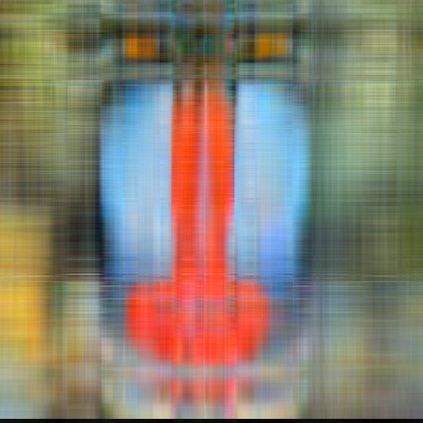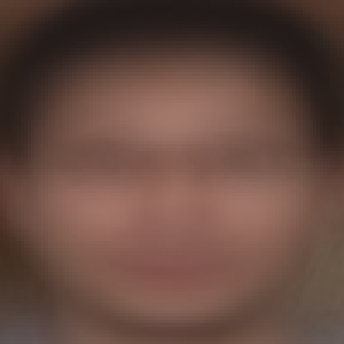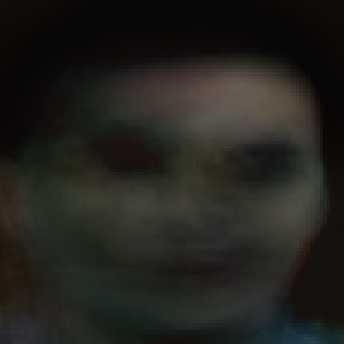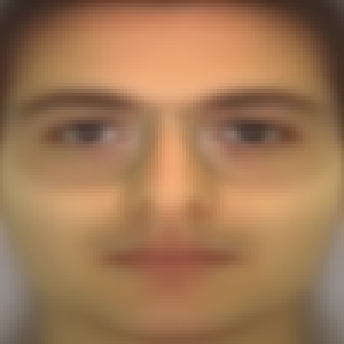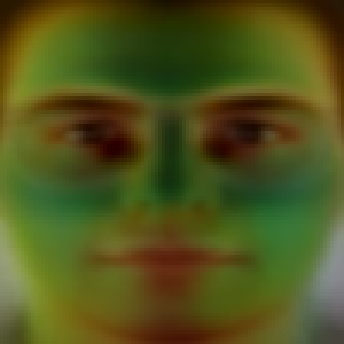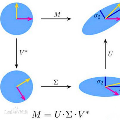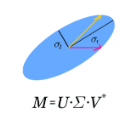Face recognition and identification is a very important application in machine learning. Due to the increasing amount of available data, traditional approaches based on matricization and matrix PCA methods can be difficult to implement. Moreover, the tensorial approaches are a natural choice, due to the mere structure of the databases, for example in the case of color images. Nevertheless, even though various authors proposed factorization strategies for tensors, the size of the considered tensors can pose some serious issues. When only a few features are needed to construct the projection space, there is no need to compute a SVD on the whole data. Two versions of the tensor Golub-Kahan algorithm are considered in this manuscript, as an alternative to the classical use of the tensor SVD which is based on truncated strategies. In this paper, we consider the Tensor Tubal Golub Kahan Principal Component Analysis method which purpose is to extract the main features of images using the tensor singular value decomposition (SVD) based on the tensor cosine product that uses the discrete cosine transform. This approach is applied for classification and face recognition and numerical tests show its effectiveness.
翻译:脸部识别和识别是机器学习中一项非常重要的应用。 由于现有数据数量越来越多,基于数学和五氯苯甲醚矩阵方法的传统方法可能难以实施。 此外,由于数据库的结构(例如彩色图像)的简单结构,这些极端方法是一种自然选择。然而,尽管许多作者提议了色调的乘数战略,但所考虑的色调的大小可能构成一些严重问题。当建造投影空间只需要几个特性时,就没有必要在整个数据中计算SVD。在本手稿中,将两个版本的 Exor Golub-Kahan 算法作为传统使用高压SVD的替代方法来考虑,而SVD的典型使用是建立在断流战略基础上的。在本文中,我们认为Tensor Tusor Tubal Golub Kahan 主构件分析方法的目的是利用离离子变形变形变形变形的色色调产品(SVD)提取图像的主要特征。该方法用于分类和面辨别和数字测试,并展示其有效性。


